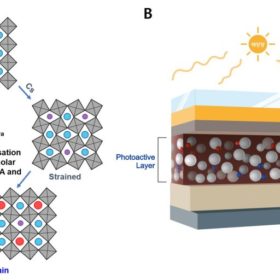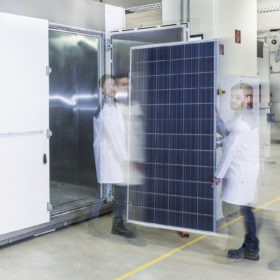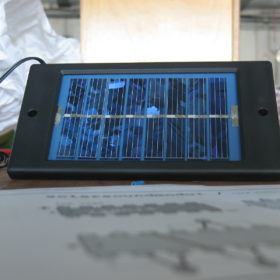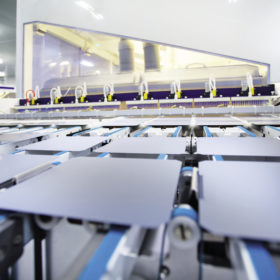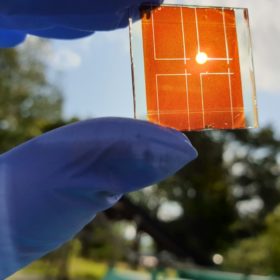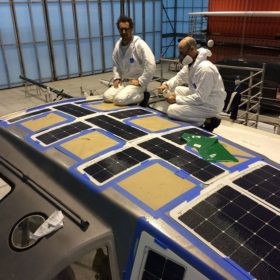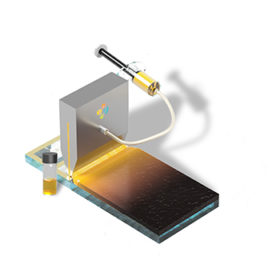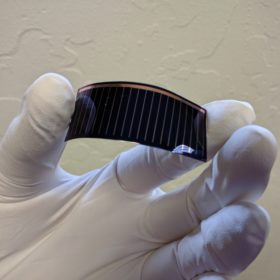25.17% efficient perovskite solar cell via new photoactive layer
Scientists in South Korea demonstrated a perovskite cell with a certified efficiency of 24.4%. The device is claimed to maintain over 80% of its initial efficiency after 1,300 hours in the dark at 85 degrees Celsius.
The struggle against LeTID continues
Researchers in Australia have conducted extensive research on all possible causes behind the light-elevated temperature-induced degradation (LeTID) in solar panels and presented a few mitigation strategies put in place by manufacturers to reduce its effects.
AI model for accurate prediction of organic PV efficiency
Over the last few months, Nastaran Meftahi has been spending her time in pandemic lockdown developing a machine-learning model to predict the future of next-generation organic solar cells.
Chinese PV Industry Brief: Longi, Jinko and JA Solar expect their combined capacity of 182mm modules will reach 54 GW next year
At a conference held in Shanghai last week, the three Tier-1 manufacturers explained that the entire Chinese PV industry will continue to adapt to the 182mm wafers over the next months.
New tech to apply perovskite thin-film layers to conventional solar panels
According to its creator, Swedish start-up Evolar, the new technology can be applied to existing production lines for crystalline silicon modules and increase a product’s efficiency by around 5%.
Cadmium sulfide-free kesterite solar cell with 11.22% efficiency
South Korean scientists have built a kesterite solar cell based on a zinc tin oxide (ZTO) buffer layer. It offers almost the same efficiency as kesterite cells based on toxic cadmium sulfide buffer layers, as the energy of the electrons between the kesterite absorber layer and ZTO buffer layer are aligned.
Non-stop worldwide PV-powered yacht race
The ninth edition of the Vendée Globe began on Nov. 8 from the French port of Sables-d’Olonne, for a complete world tour without stopovers or assistance. PV panel maker Solbian equipped several competitors with its flexible products.
23.8% efficient tandem cells via slot-die coating
Scientists in Saudi Arabia demonstrated a slot-die coating process for production of perovskite solar cells from a specially engineered ‘ink’. Using the process, the group fabricated a perovskite/silicon tandem cell that recorded 23.8% efficiency.
India announces $3bn package to attract solar module and advanced battery manufacturers
An ambitious, $19.5 billion, five-year expansion of a previous domestic industry spending program includes money to attract investment into the sustainable energy and transport technologies.
Equipment auction sounds final note for Hanergy-owned Alta Devices
If you’re interested in some lightly used MOCVD and PVD thin-film solar cell production equipment, have we got a deal for you.
